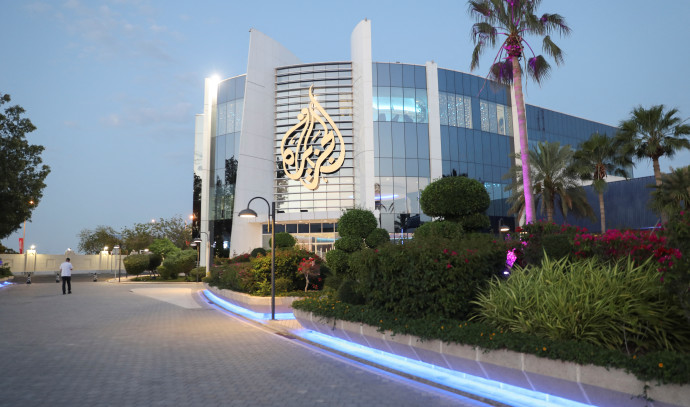A FUTURISTIC drone-destroying laser has been seen firing from a US Navy warship in an incredible declassified image.
The remarkable picture shows the USS Preble (DDG-88) deploying its formidable HELIOS laser system out at sea as Washington continues to prepare in the face of incoming enemy threats.
An unmanned aerial vehicle target was struck by the laser as seen in the image, according to the US Center for Countermeasures (CCM).
HELIOS, which stands for High Energy Laser with Integrated Optical-dazzler and Surveillance, has been developed by Lockheed Martin to aid the US Navy.
They are aiming to bring powerful energy weapons aboard its fleet of vessels to enhance defensive capabilities.
It is capable of operating at powers succeeding 60 killowatts but it is hoped to one day be able to blast at 120 kilowatts depending on operational needs.
read more in laser weapons
The integrated optical dazzler element can also cause temporary blindness for the enemy.
Another key feature is its surveillance feature which helps to disable surveillance sensors of incoming vessels.
When the laser is officially in use the Navy aims to use it blast threats from drones, fast attack craft and even short-range missiles if necessary.
The first sea trials of the HELIOS laser on board a Arleigh Burke-class destroyer came back in 2021 at Wallops Island, Virginia.
The new image was first showcased in the CCM’s annual report last month.
According to the report: “CCM supported the Navy’s demonstration on USS Preble (DDG 88) to verify and validate the functionality, performance, and capability of the HEL with Integrated Optical Dazzler and Surveillance system against an unmanned aerial vehicle target.
“CCM collected imagery of the engagements to support the evaluation of system performance.”
It is unclear when or where the test took place.
The USS Preble is the first ever US Navy vessel to be equipped with HELIOS.
One of HELIOS’ biggest technological benefits is its ability to fire for as long as it has a power source.
This allows it to be virtually unlimited in its usage and helps to reduce the typical stoppages and constraints currently affecting warships.
It is also the first advanced laser weapon integrated with the Aegis combat system.
This allows it to track, engage, and neutralise threats with a greater efficiency.
Western allies are continuing to rapidly improve their defence weaponry as the looming threat of war continues to grow across the globe.
The US has already been testing their laser systems for over three years now with the UK also starting to develop their own milestone weapon.
The British Army fired their own version of the HELIOS from an armoured vehicle back in December.
It was fired from Wolfhound armoire troop carrier at drones in a test range in Radnor in Wales.
The unnamed weapon is a miniature version of the UK’s world-beating Dragon Fire weapon that has blasted drones from ships.
They work by tracking fast moving objects and blasting a super hot beam of infra-red light.
Lasers could shield British troops from devastating drone strikes seen daily in Ukraine.
Warrant Officer Matthew Anderson, who running the trials, said the laser had a 100 per cent strike rate.
Read more on the Scottish Sun
He added: “We’ve been testing a variety of distances, speeds and altitudes, one thing has remained – how quick a drone can be taken out.
“It’s definitely a capability that could be added to the arsenal of weapons that we use on the battlefield.”
How do laser weapons work?
LASER weapons work by focusing highly concentrated beams of light to deliver energy to a target.
The term “laser” stands for “Light Amplification by Stimulated Emission of Radiation” and they often come in the form of visible, infrared, or ultraviolet lights.
When they are fired, the beam will be directed and focused using lenses or mirrors to ensure it remains aligned over long distances.
It will travel at the speed of light which means it strikes any enemy target almost instantly and without warning.
When the laser hits it delivers energy in the form of heat.
This can melt, burn, or even vaporise whatever it touches depending on the power of the blast.
The advantages of using a laser weapon include its speed, efficiency and precision.
As long as it hits an intended target it will almost always cause enough damage to render the object destroyed.
It is also cheaper compared to continuous ammunition and in theory can be used an unlimited amount of times as long as the weapon has a power source.











